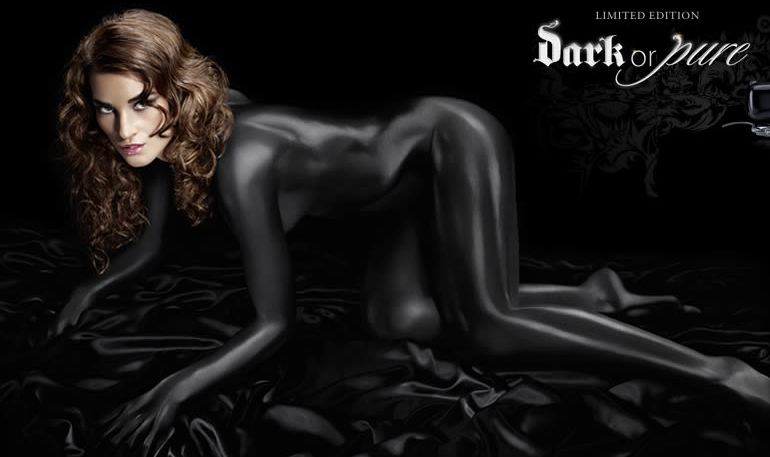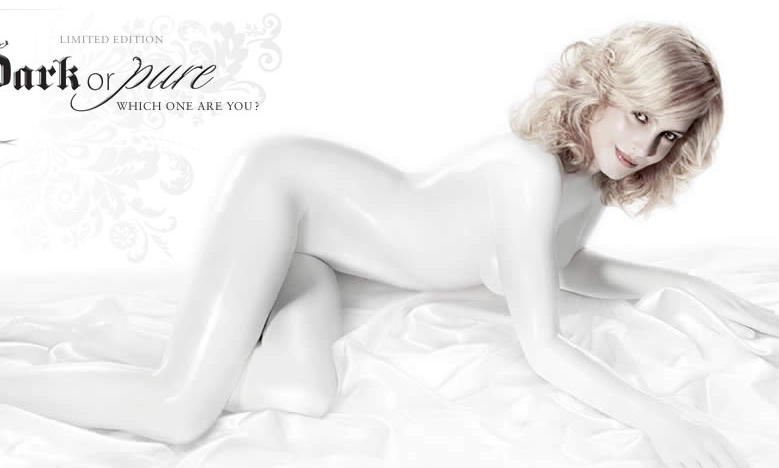“This book is not about the usual dangers that we associate with adolescent girls’ sexuality: unintended pregnancy and the risk of HIV/AIDS or other sexually transmitted infections. It is not about the “problem” of female adolescent sexual activity and its consequences. It is not even about girls’ sexual decision making.” Deborah L. Tolman does not write about the dangers of female sexuality that is most commonly associated with this topic; instead, she writes of the dangers of dismissing, nullifying, and condemning adolescent female sexuality. Beginning her project with the aim of uncovering how adolescent girls talk about their sexual desires, Tolman interviewed 31 girls, aged 15 – 18 with varying backgrounds and social positions, and came to discover that these girls almost always found barriers that hindered their experiences of sexual desire and agency. Tolman, through the use of in-depth interviews and her analysis of what the girls said (or didn’t say), discusses the way our society presents and frames female sexuality though double standards, attempting to “force a wedge between their psyches and their bodies,” and giving women a choice between “their sexual feelings and their safety.”
While we know that teenage girls are interested in and are engaging in sexual activity, it is surprisingly difficult to find girls who are willing to talk about it. Many of the girls in this project identified familiar reasons for not talking about sexual desire – fear of being labeled a slut or ‘easy’, fear of parents or peers finding out about their sexual history, taught that it just wasn’t a topic for conversation, or simply being unaware of the existence of their own sexual desire. Beginning with an interview with 17-year-old Inez, Tolman discusses the all too common concept of “it just happened.” Several of the girls describe sexual experiences in which they just ‘checked out’ or disassociated from the situation for various reasons, some unintentional. Others described an absence of agency in when, where, or with whom the sexual activities took place. Some girls even had difficulty identifying their own pleasures or desires, unless directly asked about their own personal feelings of desire. Most were keenly aware of the “fragility of their status as ‘good girls’ and the danger of that status changing to ‘bad girls.’” The fear of being labeled, fear of being taken advantage of or abused, or fear of getting pregnant or ‘ruining their lives’ are all factors attributing to the dilemmas of desire and this fear is highly perpetuated by societies idea of female sexuality.
Be sexy but not sexual. Appear available but don’t give in. Be desirable but don’t express desire. Society constantly bombards girls with contradicting sexual scripts and play’s into the “Madonna/Whore” dichotomy all too recognizable for young women. Meaning…
“women’s sexuality is defined by men and according to male standards. As a result, women and their sexuality are separated into two possible categories, the good girls or the bad girls. Good girls “submit themselves to a male-defined double standard that says women should not consummate a sexual relationship too often, too quickly, with too many men, or under the wrong circumstances,” while bad girls do the complete opposite, “only to find they have been played as pawns in a sexual game conceived and controlled by men.” In other words, women who are “good” and do not have sex are submitting to the double standard and are placed in the “Madonna” category on the Madonna-Whore spectrum. Women who are “bad” are used by men and thus placed in the “Whore” category.

Double standards for men and women are one of the most frustrating concepts in our society, and they affect various aspects of our everyday lives. Feminist writer Jessica Valenti, author of He’s a Stud, She’s a Slut and 49 other Double Standards Every Woman Should Know, writes of how double standards affect more than just our sexual lives with 50 of the most pressing double standards that women confront, including He’s a Bachelor, She’s a Spinster; He’s Chill, She’s on the Pill; He’s a Romeo, She’s a Stalker; He’s Angry, She’s PMSing; He’s a Boss, She’s a Bitch. He’s Neat, She’s Neurotic; He’s Independent, She’s Pathetic; and of course the very familiar – He’s got G.I. Joe, She’s got Barbie. Double standards and the typical gendered scripts that supposedly define young female sexuality are damaging to their psyches and ultimately hinder their experiences as young women.
While not heavily based in strong empirical data, Tolman pieces together a compelling story that aims to make us more aware of the lived experience of teenage girls. I would have liked to see more detail from the interviews and perhaps more direct quotes from the girls, but her analysis and interpretation of the girls’ stories makes for an interesting read. Her discussion of the absence of the girls’ erotic voice and theory of ‘silent bodies’ is interesting, and she makes a valid argument that young women have little safe space to express or develop their sexuality. Overall, I thought the first half of the book was well written and Tolman does a good job of highlighting common themes from the interviews while maintaining the individuality of the girls. I can only hope that her concluding analysis draws on some insightful findings and provides suggestions for further research into the narrative of female sexuality.



No comments:
Post a Comment